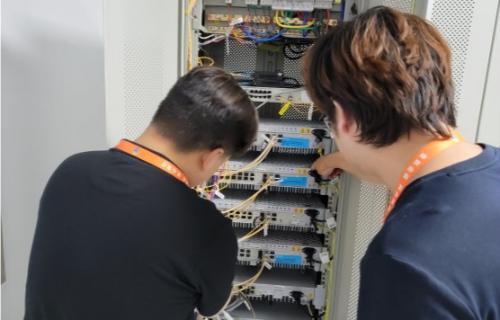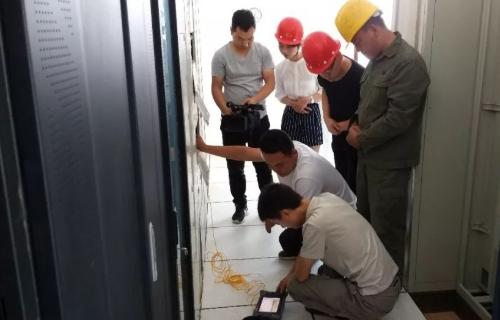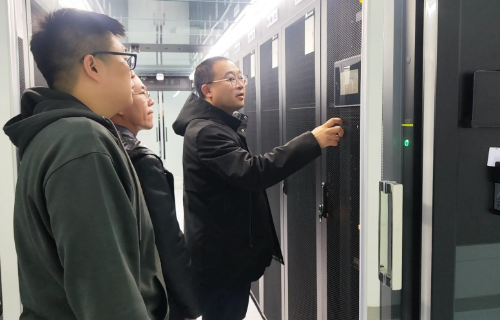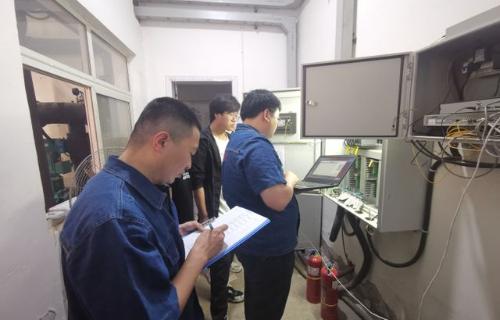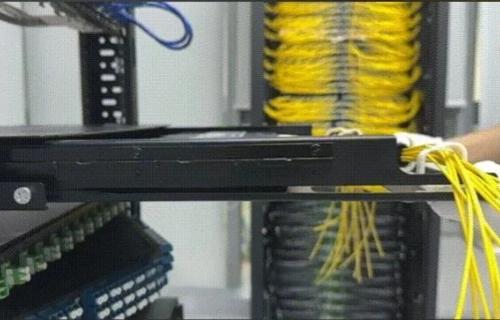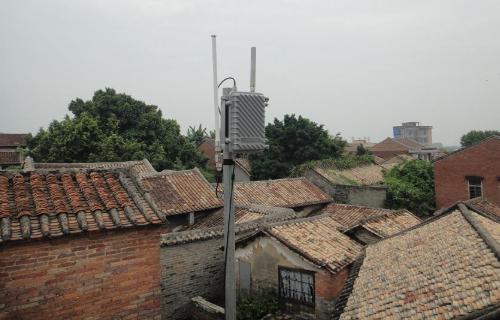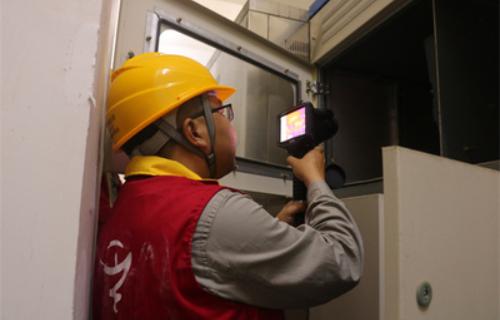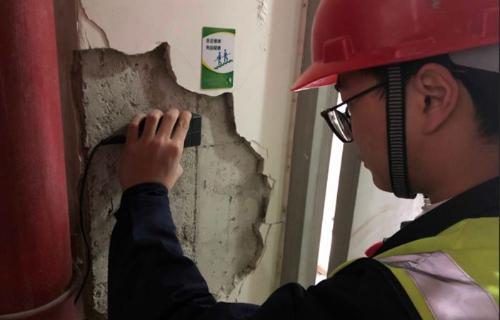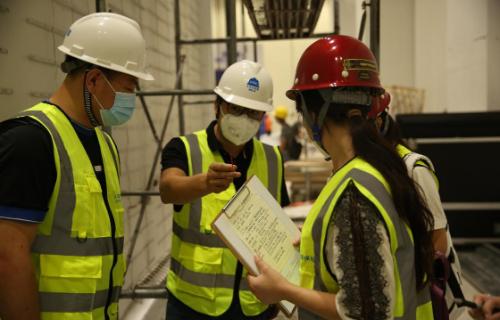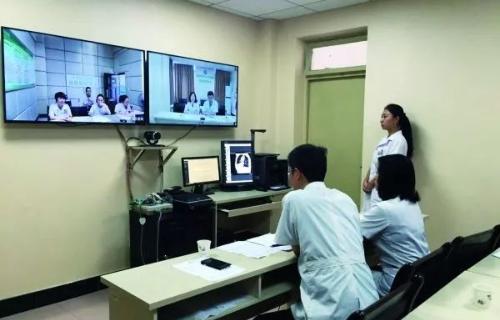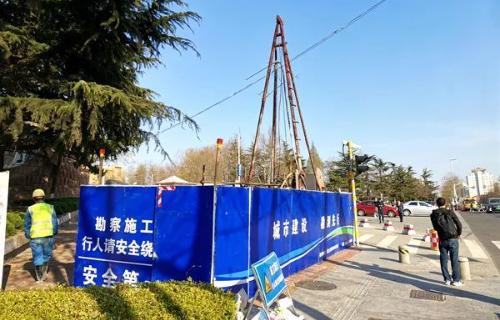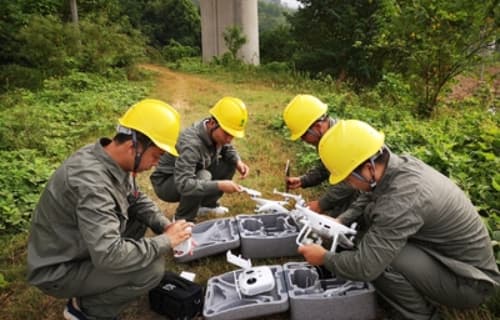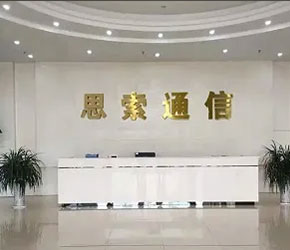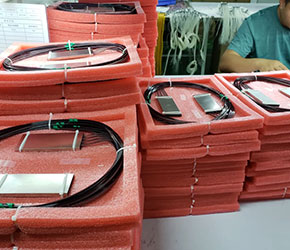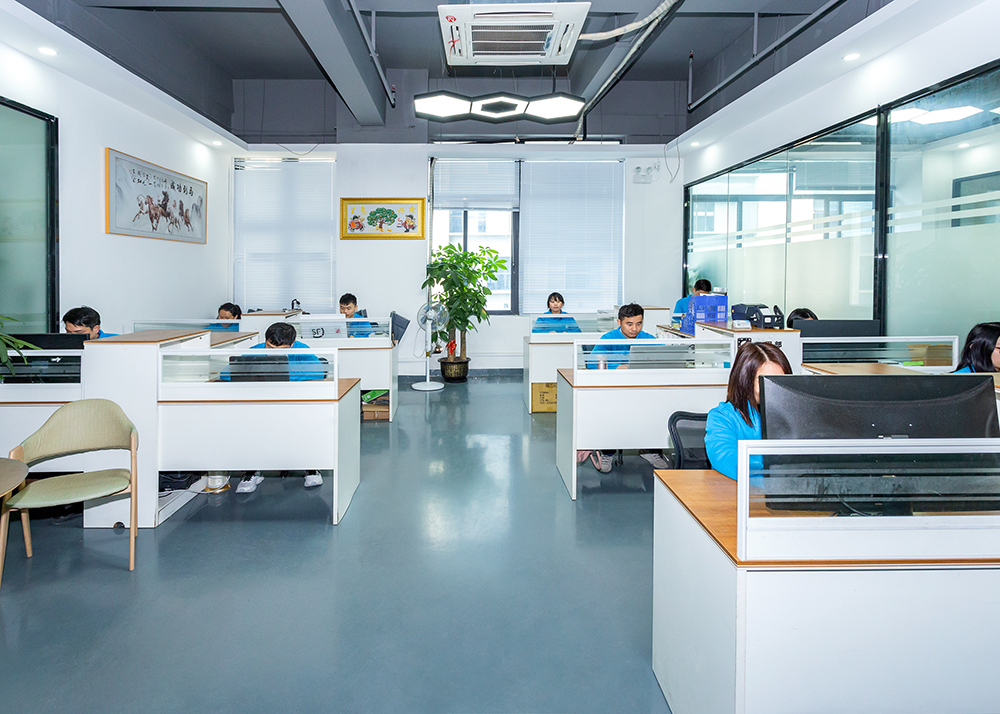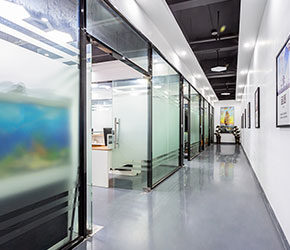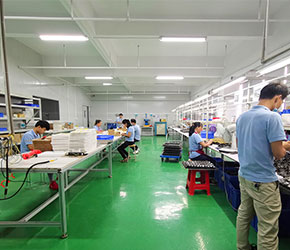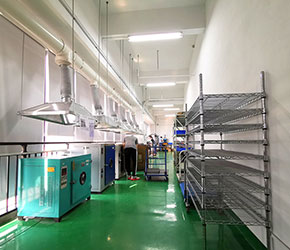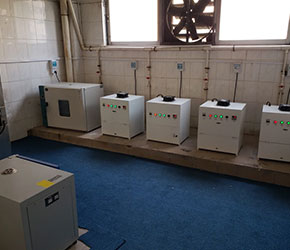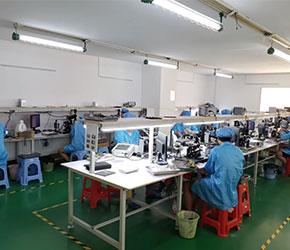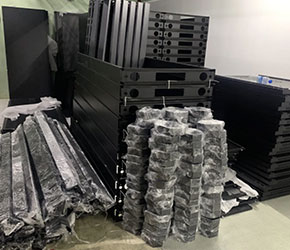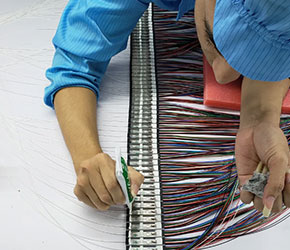HOME > Help Center > Optical Transceiver > Product Selection > Selection Guide for Optical Modules with High TemperatureResistance in Tropical Regions
Selection Guide for Optical Modules with High TemperatureResistance in Tropical Regions
In network infrastructure projects in developing countries, we observed that:
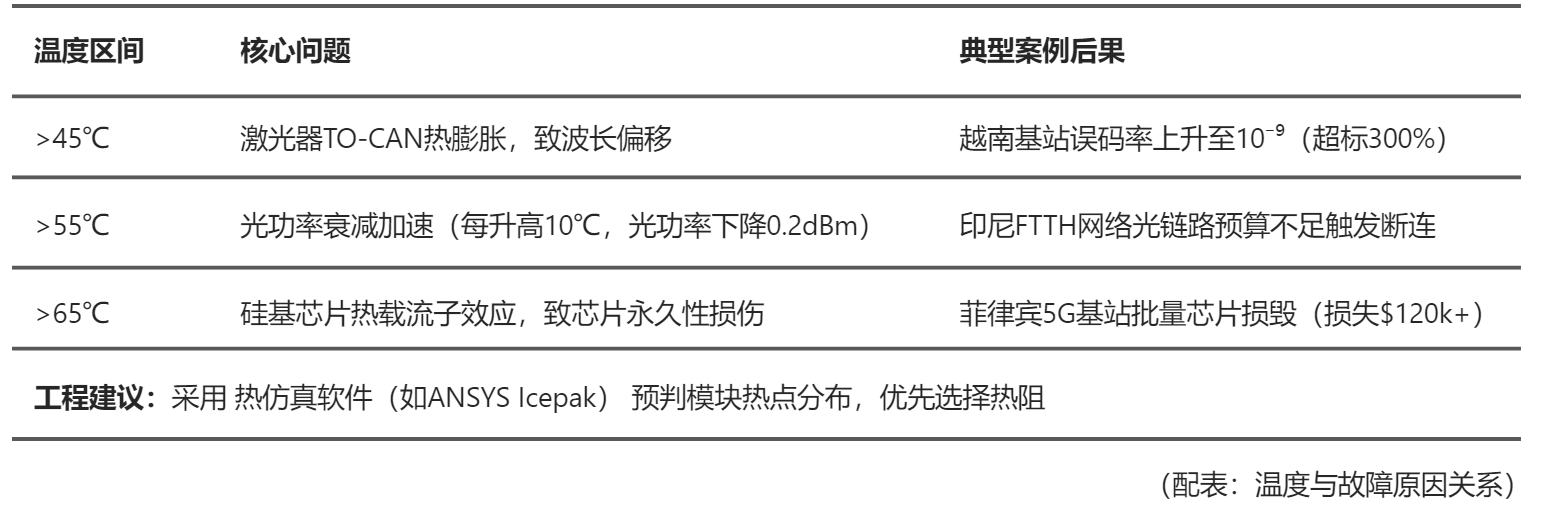
II. Four essential hard indicators for selection
Scenario 1: Open-air base station (unobstructed). Commercial grade (0~70℃) can be used, but industrial grade (-40~85℃) is better if conditions permit. It has low requirements for heat dissipation design in the scenario, and it is stable in daily operation and not prone to errors. It is recommended to choose anodized aluminum alloy (corrosion-resistant and good heat dissipation) as the material of the optical module shell to ensure that the failure rate is greatly reduced.
Scenario 2: High humidity coastal areas. Pay special attention to choosing optical modules with gold-plated interfaces (anti-corrosion, extended service life). It is best to obtain a 96-hour salt spray test report for the optical module (to ensure that the optical module can operate stably in a high salt spray environment), or obtain a sample for trial use.
IIII. Common operations and solutions that cause high temperature

V. FAQ Quick Checklist

Summarize: In tropical areas with an average annual temperature of more than 35°C, the thermal stability of the optical module directly determines the quality of network transmission. In general, the high-temperature resistant QSFP28 optical module recommended in this article is most suitable for tropical scenarios and adopts a triple heat dissipation design (chip-level thermal conductive gel + aluminum alloy heat sink + intelligent temperature control circuit). Pay attention to the maintenance of the optical module in daily use. The solution can still maintain a bit error rate performance below 10^-12 under 45°C conditions. Suitable optical modules are essential for building an efficient and stable network. I hope this guide can help you easily cope with the high temperature challenges in tropical areas.
>73% of purchasing managers increased maintenance costs in the later stage due to wrong optical module selection
>Customers in remote areas often waste more than 30% of debugging time due to compatibility issues
>Equipment failure rate in high temperature/humid environment is as high as 2.3 times that of ordinary scenarios.
In order to ensure the normal operation of the communication system, the author will provide you with a detailed high temperature protection selection guide. Different from the previous selection guide based on optical module parameters, this article focuses on actual scenarios to help you choose the right optical module in high temperature application environment and optimize cost and maintenance strategies.
I. Quantitative impact of high temperature on optical module performance
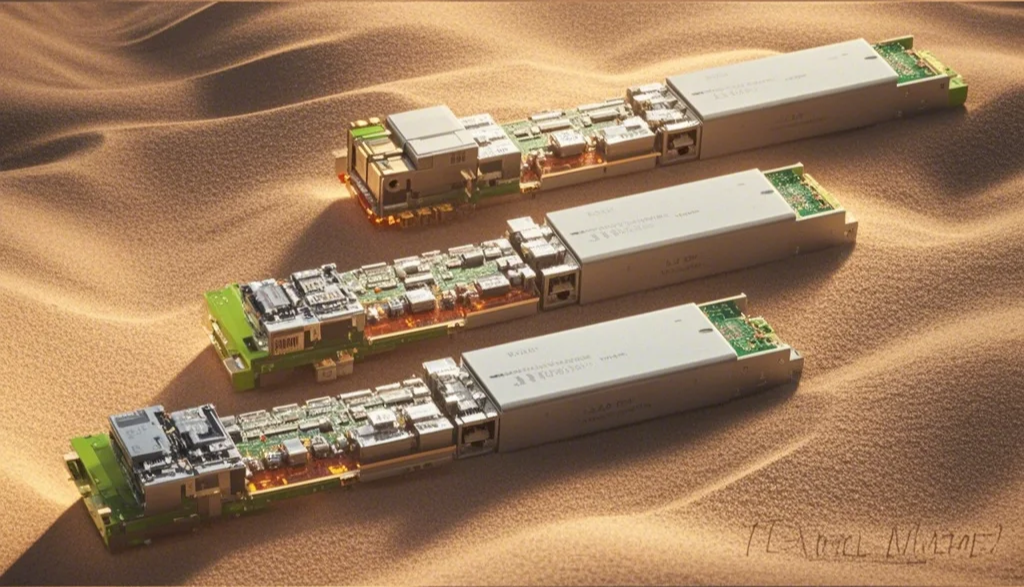
Optical modules will experience a phenomenon similar to "heat stroke" in a high temperature environment:
I. Quantitative impact of high temperature on optical module performance

Optical modules will experience a phenomenon similar to "heat stroke" in a high temperature environment:
>Signal blur: The laser wavelength is offset, resulting in inaccurate signal transmission.
>Exhaustion: The optical power decays faster and the signal strength decreases.
>Organ failure: Overheating of the chip causes permanent damage or even burns.
These problems not only affect the communication quality, but may also cause the entire system to fail, so high temperature adaptability must be focused on when selecting.

II. Four essential hard indicators for selection
1. Operating temperature range
>Basic requirements: The optical module must be clearly marked with "Operating Temperature".
>Tropical standards: It is recommended to select products with an operating temperature range of 0℃ ~ +70℃ to cope with extreme high temperatures in tropical areas.
>Extended options: For extreme environments such as open-air base stations, industrial-grade optical modules with an operating temperature range of -40℃ ~ +85℃ can be selected.
>Standard differences: Commercial grade (0~70℃): can guarantee functions, but not performance indicators (such as IEEE 802.3 allows sensitivity degradation of 3dB); Industrial grade (-40~85℃): must meet the MIL-STD-810G temperature cycle test (performance fluctuation <5% after 20 cycles)
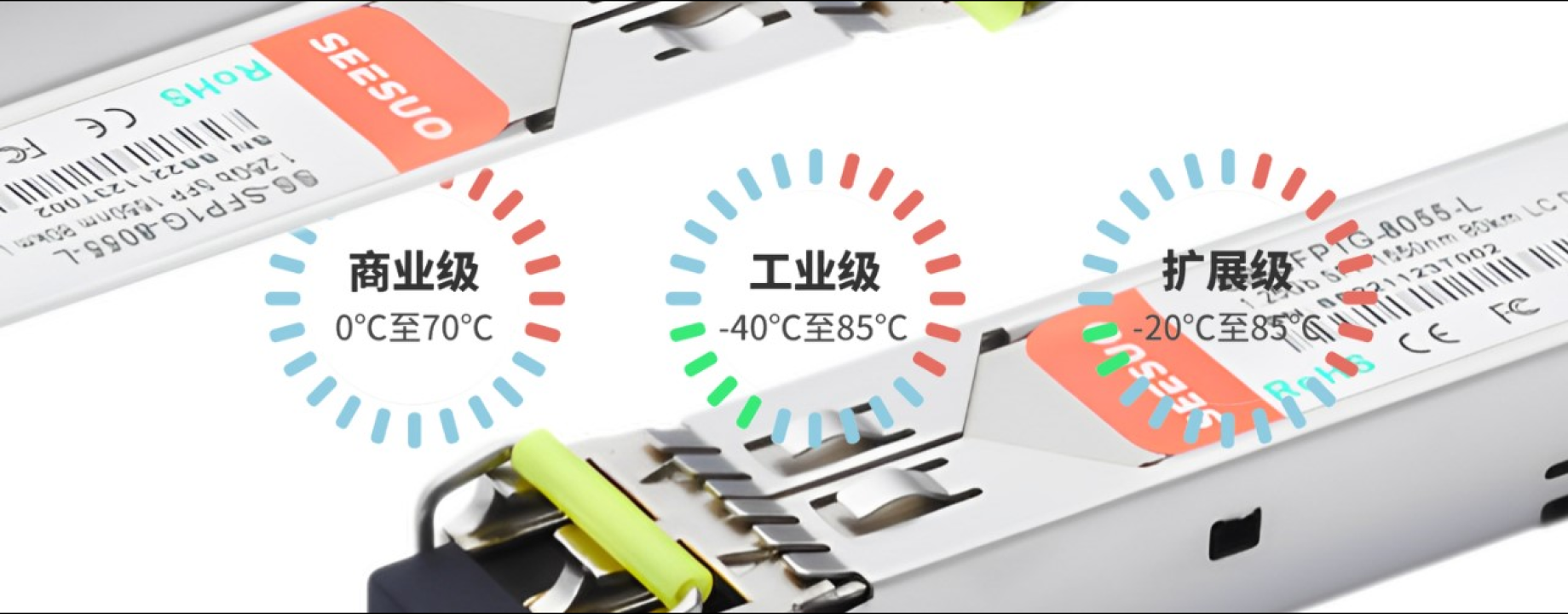
3. Protection level

2. Heat dissipation design type
Selection recommendation: In closed equipment rooms or high-density deployment scenarios, the thermal conductive silicone + heat dissipation fin design is preferred. In extremely high temperature areas such as open-air base stations, it is recommended to use a forced air cooling module to ensure heat dissipation efficiency. You can also use a composite heat dissipation solution (such as: copper substrate + thermal conductive gel + forced air cooling), which can control the temperature difference inside the module within 8°C.
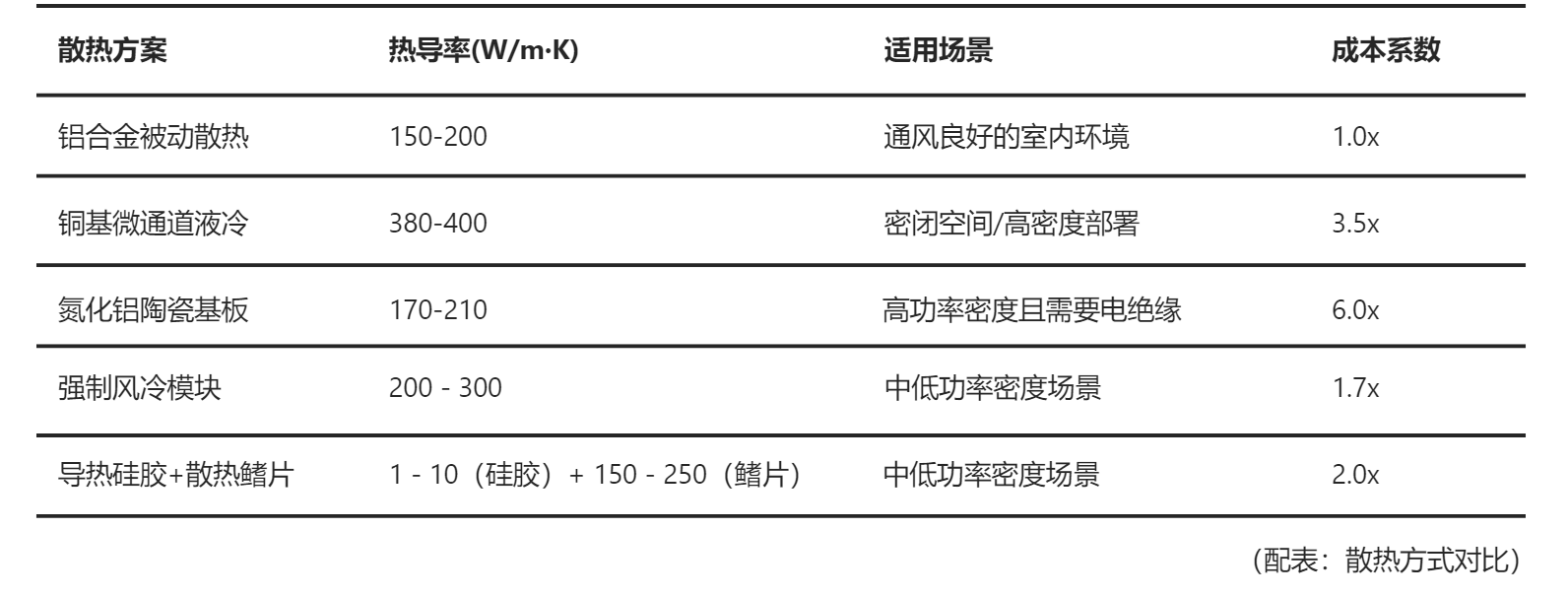

>Basic certification: The optical module should at least meet IP67 dust and water resistance level to cope with the humid and dusty environment in tropical areas.
>Special needs: For coastal areas, extra attention should be paid to the salt spray test report to ensure that the optical module can operate stably in a high salt spray environment
III. Two typical scenario selection solutions
4. Lifespan indicators
>Key parameters: MTBF (mean time between failures) should be no less than 300,000 hours.
>Certification standards: Check whether the product has passed Telcordia GR-468 certification, which is an important standard for measuring the reliability of optical modules.
Scenario 1: Open-air base station (unobstructed). Commercial grade (0~70℃) can be used, but industrial grade (-40~85℃) is better if conditions permit. It has low requirements for heat dissipation design in the scenario, and it is stable in daily operation and not prone to errors. It is recommended to choose anodized aluminum alloy (corrosion-resistant and good heat dissipation) as the material of the optical module shell to ensure that the failure rate is greatly reduced.
Scenario 2: High humidity coastal areas. Pay special attention to choosing optical modules with gold-plated interfaces (anti-corrosion, extended service life). It is best to obtain a 96-hour salt spray test report for the optical module (to ensure that the optical module can operate stably in a high salt spray environment), or obtain a sample for trial use.
IIII. Common operations and solutions that cause high temperature

V. FAQ Quick Checklist

Summarize: In tropical areas with an average annual temperature of more than 35°C, the thermal stability of the optical module directly determines the quality of network transmission. In general, the high-temperature resistant QSFP28 optical module recommended in this article is most suitable for tropical scenarios and adopts a triple heat dissipation design (chip-level thermal conductive gel + aluminum alloy heat sink + intelligent temperature control circuit). Pay attention to the maintenance of the optical module in daily use. The solution can still maintain a bit error rate performance below 10^-12 under 45°C conditions. Suitable optical modules are essential for building an efficient and stable network. I hope this guide can help you easily cope with the high temperature challenges in tropical areas.
If you need to obtain the "Tropical Special Optical Module Parameter Comparison Table" or further apply for sample testing, please contact our technical consultant and provide:
> Customized deployment plan
> List of existing equipment models
> Heat dissipation test report to help you easily cope with the high temperature challenges in tropical areas.
If you are interested in our optical module products or have any questions, please feel free to contact us. We will serve you wholeheartedly and provide you with the best products and services.
 LIVE HELP
LIVE HELPGet solutions or consultation from the technical team.
PERHAPS YOU'RE SEEKING SOMETHING LIKE THIS
RELEVANT PRODUCTS85,87.90,91
-
- Up to 1.25Gb/s data links
- Hot-pluggable SFP footprint
- Fully metallic enclosure for low EMI
- Low power dissipation (1.05 W typical)
- Compact RJ-45 connector assembly
- Access to physical layer IC via 2-wire serial bus
- 1000 BASE-T operation in host systems with SERDES interface
- 10/100/1000Mbps or 1000Mbps compliant in host systems with SGMII interface
- Operating case temperature: Standard: 0 to +70°C
-
 2.5G Dual Fiber SFP
2.5G Dual Fiber SFPWavelength:850nm,1310nm, 1550nm
Distance:550m,2km,10km,20km,40km,80km,120km,Customized
Port Type:LC Port
Learn more- Up to 2.67Gb/s Data Links
- 850nm VCSEL laser transmitter for 300m transmission
- 1310nm FB laser transmitter for 10km/20km transmission
- 1310nm DFB laser transmitter for 40km transmission
- 1550nm DFB laser transmitter for 40km/80km/120km transmission
- Compliant with SFP MSA and SFF-8472 with duplex LC receptacle
- Hot-Pluggable
- Digital Diagnostic Monitoring
- Compatible with RoHS
- +3.3V single power supply
- Operating case temperature: Standard: 0 to +70°C
AFTER-SALES SERVICE
The laser, golden finger, and lens of the optical module all come with a
one-year warranty.
Learn more >
OUR FACTORY







































